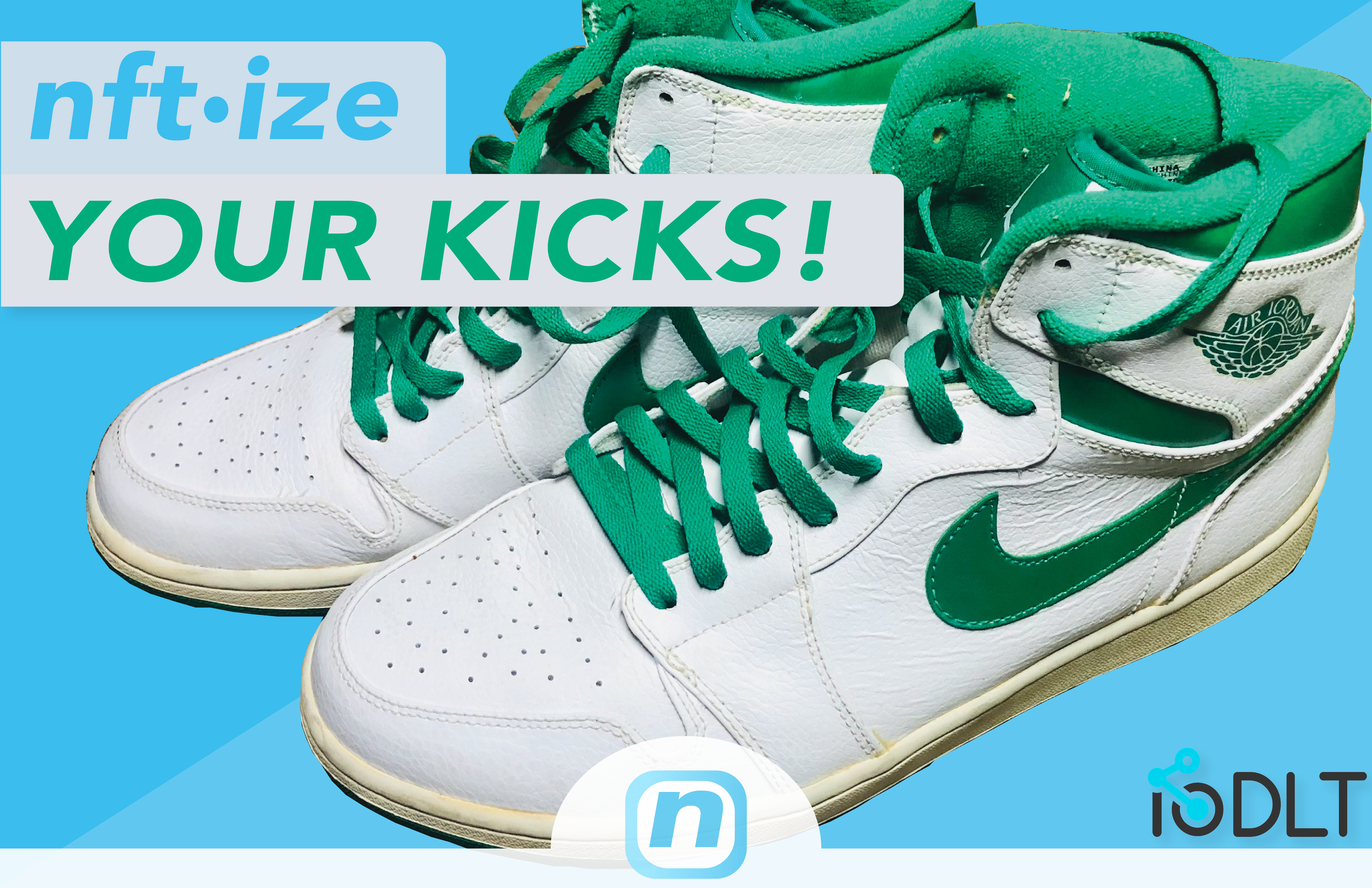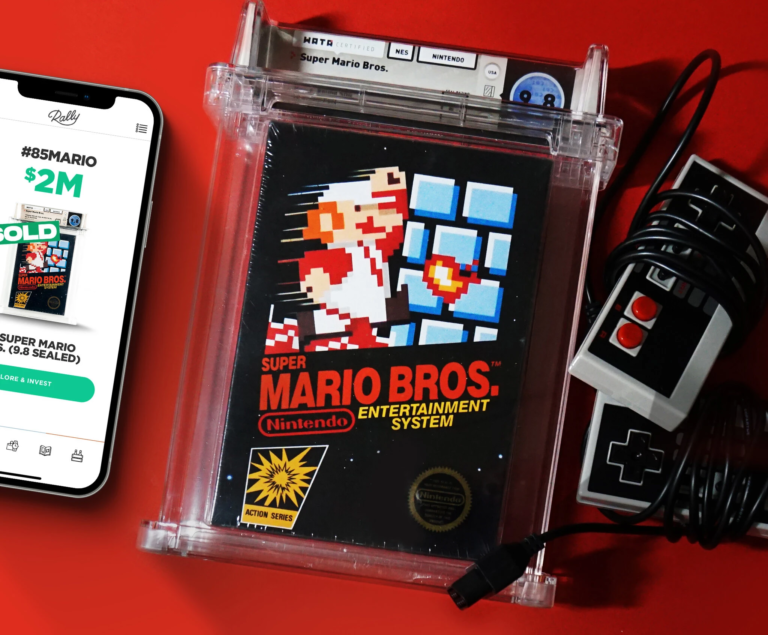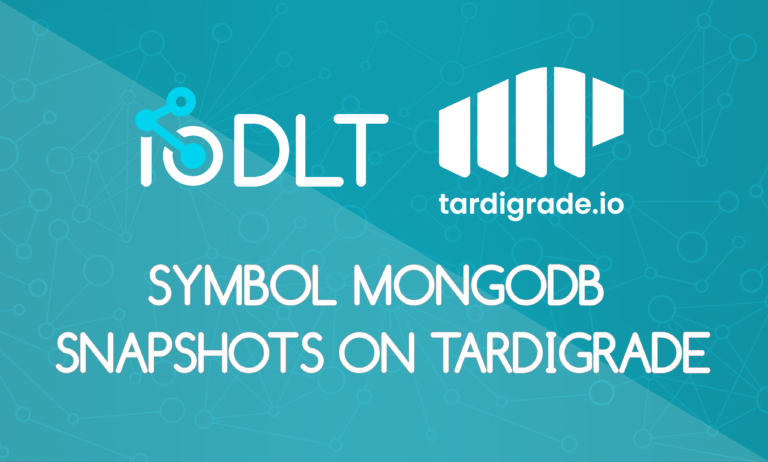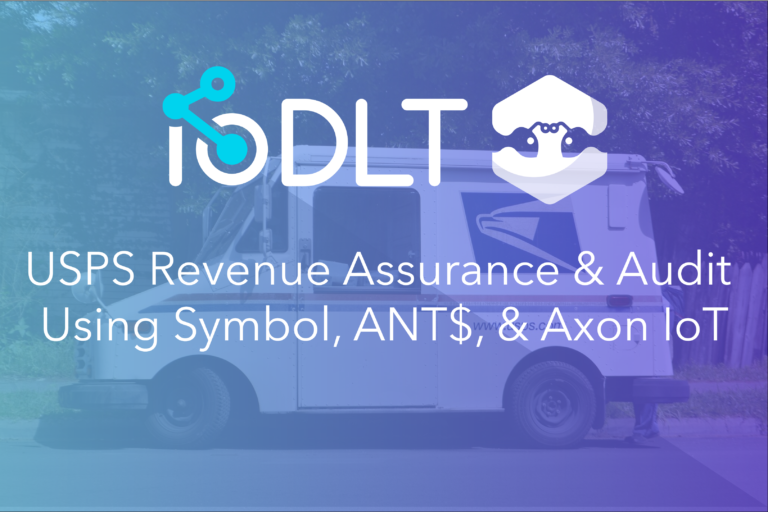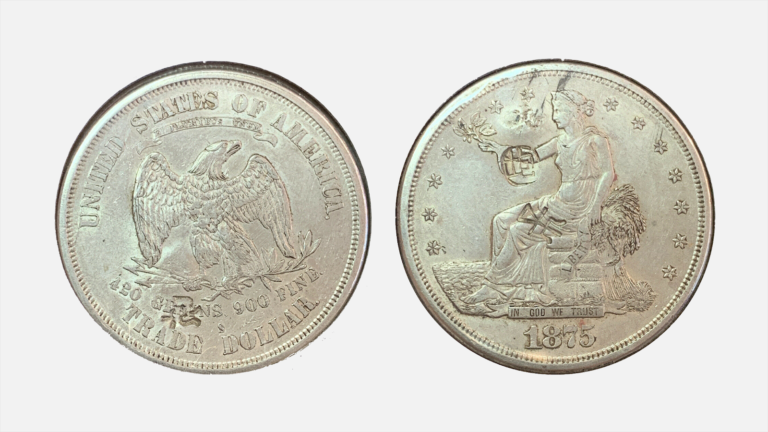Introduction
Sneakers have long been a part of fashion and culture. But it wasn’t until Michael Jordan and Nike partnered to sell his signature Air Jordan brand shoes that people saw sneakers as something to be coveted, collected, and sold. By 2009, sneaker enthusiasts had founded Sneaker Con, an event for buying, selling, and trading sneakers. Research Firm Cowen estimates that the global sneaker resale market will reach $30 billion by 2030. As of July 2020, sneaker resale accounted for more than $2 billion in North America alone.
The growth of the sneaker resale industry was fueled by websites like eBay offering a way to sell beyond local markets. However, similar to other physical industries that moved online, a plethora of problems also arose. Namely, counterfeits regarding popular sneaker brands faced particular issues in allowing buyers to determine the authenticity of the shoe. In an online landscape where physical inspection isn’t always an option, this issue becomes more difficult to deal with when it comes to the used market as well.
A common buzzword nowadays is ‘NFTs’ (non fungible assets) - we often hear about how people create NFTs from digital assets and sell them for millions. As NFTs and sneakers rise as an investment vehicle, we will go through how to use IoDLT’s nftize™ protocol and app to secure a pair of Nike Jordan 1s, and how in the future, we can streamline the usage of NFTs to create real value, liquidity, and security.
What is nftize™? How does it work?
The word nftize™ is a pending Trademark owned by IoDLT. To nftize™ an asset is to issue a non-fungible token (NFT) for that asset and store it on a digital ledger, called a blockchain. The nftized asset certifies the asset’s authenticity, condition, and provenance.
To nftize™ a Nike sneaker will require the following:
1) A verification of its authenticity by an expert and/or a third-party verification service.
2) Condition including picture/used/new
3) Names of buyer, seller, place of purchase, receipts, etc. By the end, this process will render the sneaker into a verified, investable, and tradable asset.
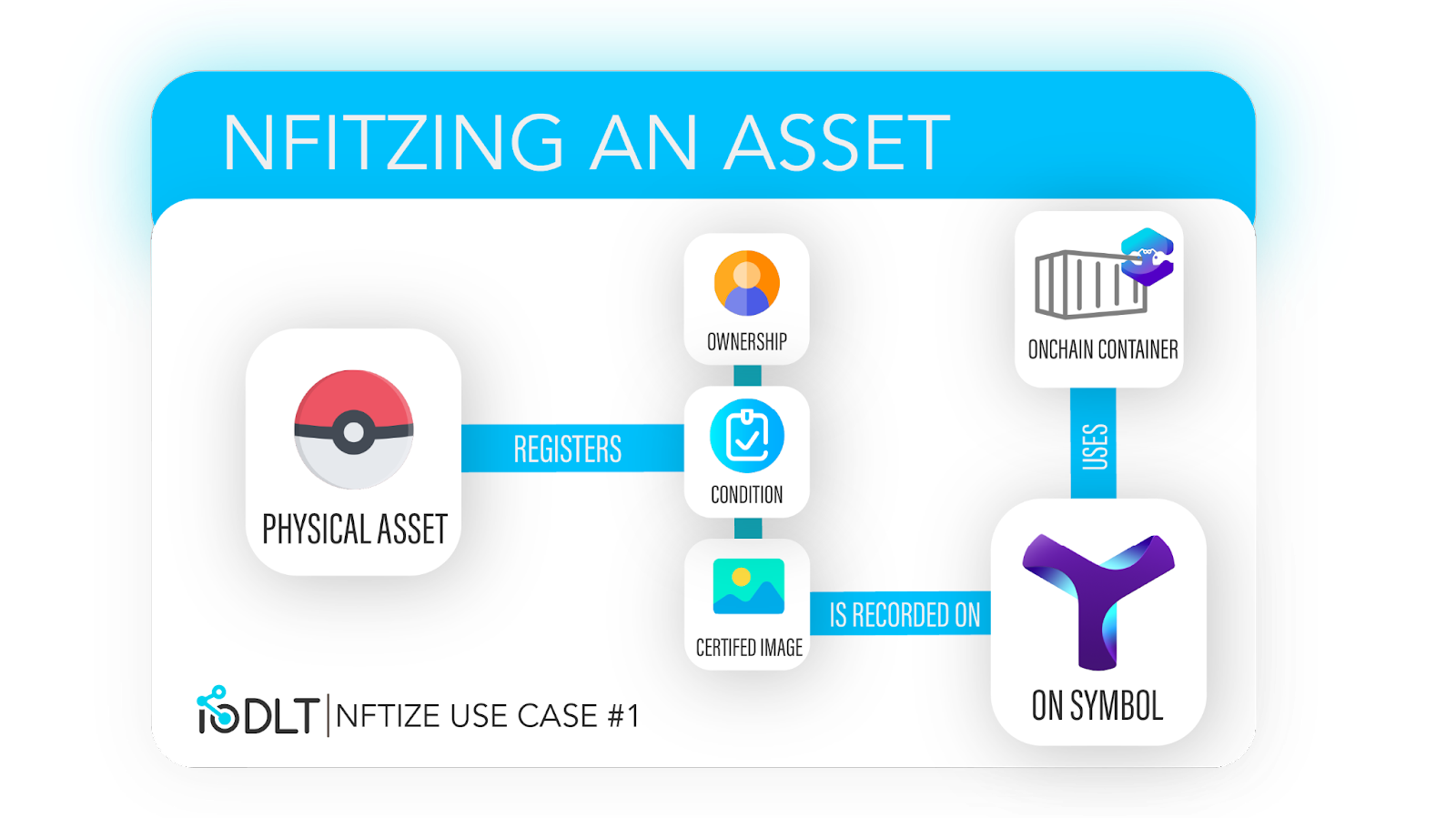
IoT Aspect – Identifying & Registering Physical Assets
Naturally, when registering a physical asset you need a way to identify it with the nftize app. Currently, we are planning to support QR codes and NFC tags. The NFC tag or QR code will essentially hold the NFT id on Symbol (called the Mosaic ID), and when scanned, all information pertaining to that asset will be brought up.
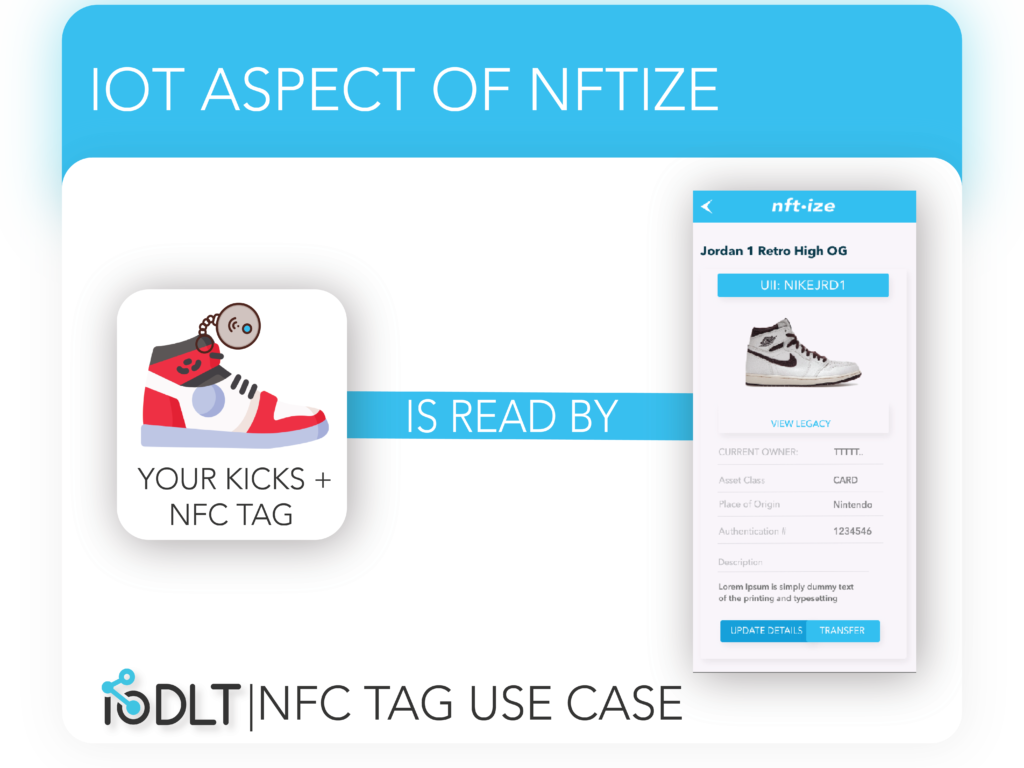
In theory, in the future, we could have devices that ‘mint’ nftized assets by inscribing a QR Code via a laser engraving or 3D printing. Obviously, we could also include other security features, such as special threads only visible by UV light, to reinforce the idea of a ‘physical fingerprint’ a special IoT device can read. This will truly pave the way for connecting these physical assets to a ledger like Symbol.
nftizing a pair of Jordans using Symbol - solving the problem of identifying fakes
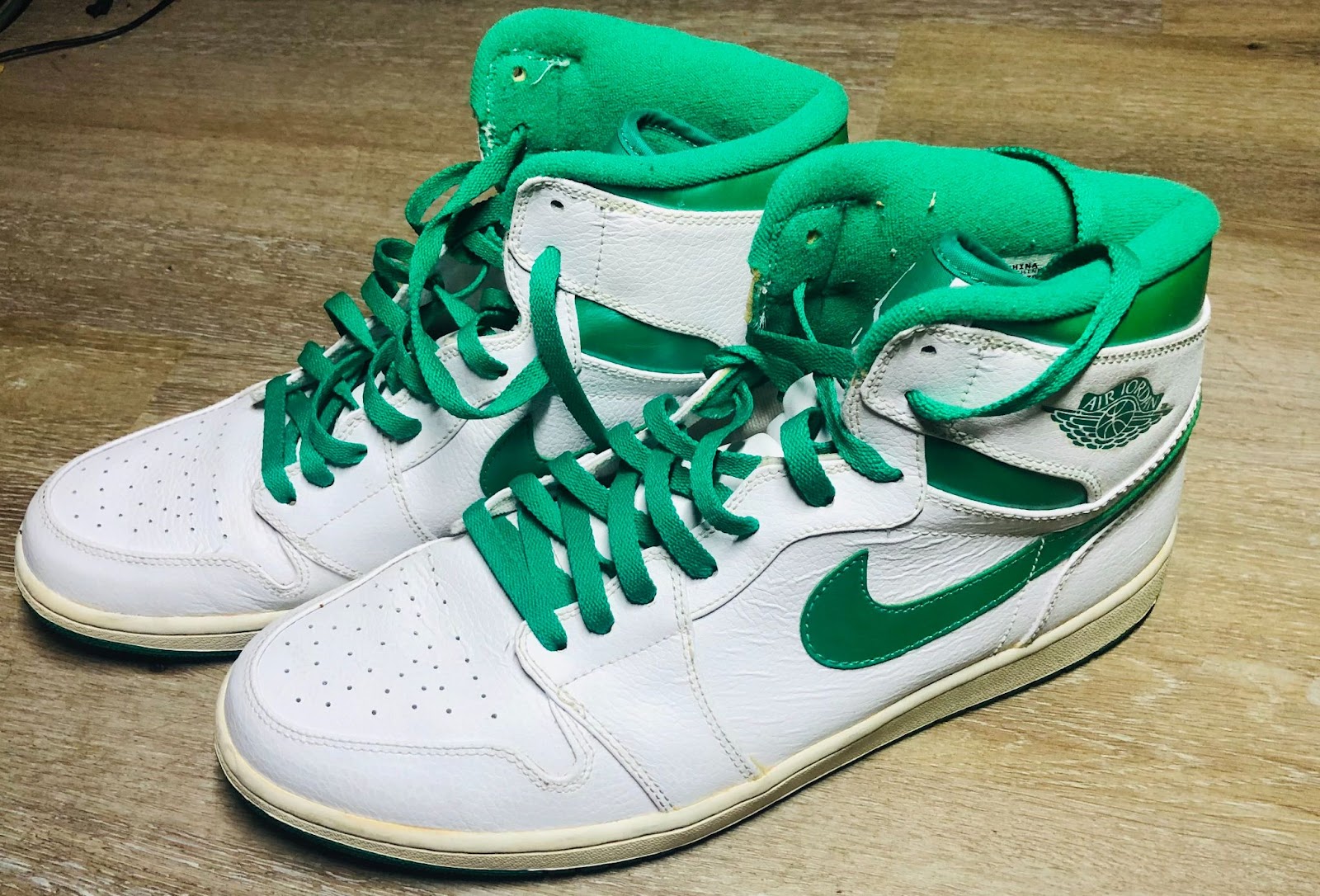
If you’ve seen our previous article, you’ll know that we’ve already nftized a copy of a Japanese version of a graded Mario Kart 64 for the N64. Using the same concepts, we can also nftize™ a pair of Jordans using IoDLT’s app (still in development).
When creating an asset with nftize™, it asks for an authentication number or link for the asset in question. This is to ensure the actual legitimacy of the item and provide another layer of security. In the last article, WATA Games provided that by grading and sealing the asset.
This time, instead of WATA doing the verification for the asset, we got another startup to do that verification for us. The Dype app allows us to submit the sneakers to an authority that can authenticate and ensure the legitimacy of the pair in question.
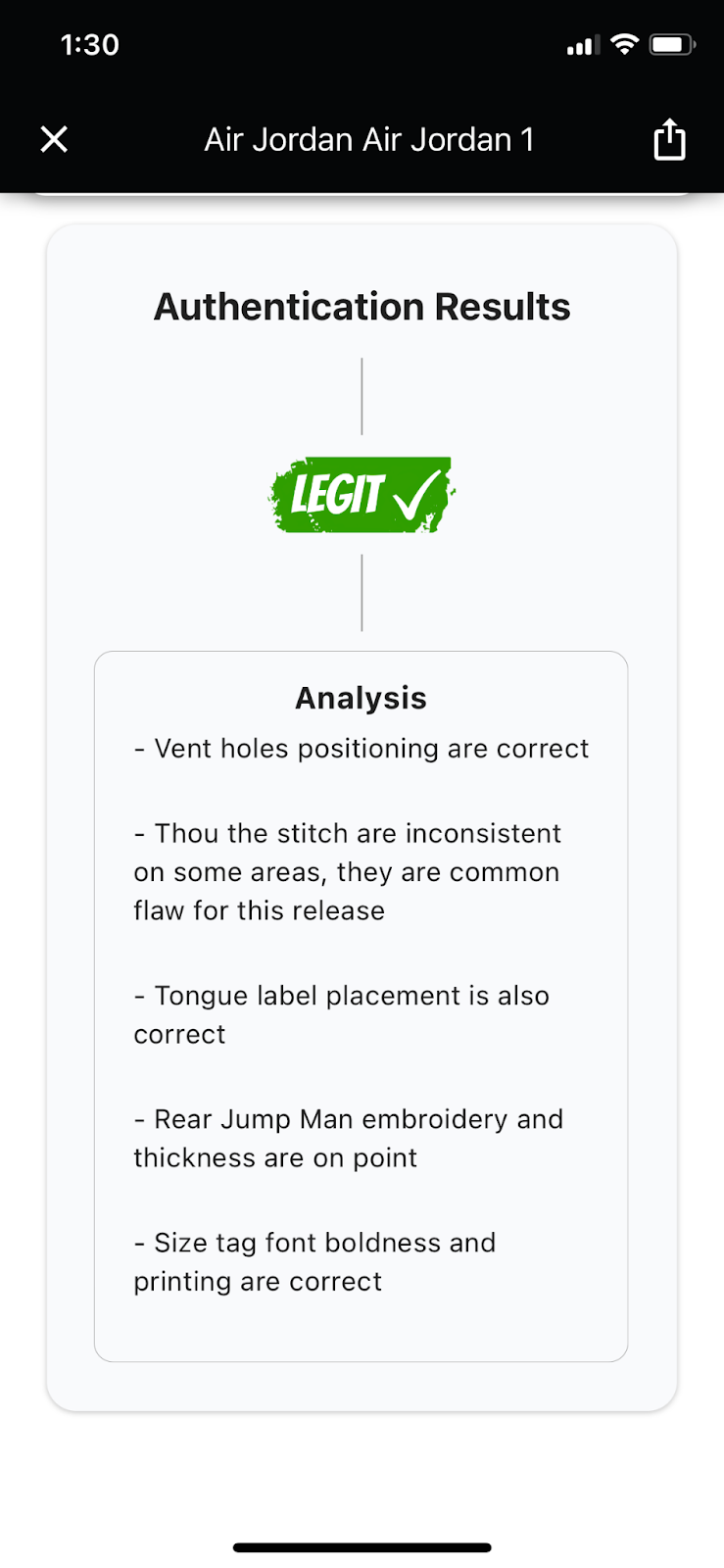
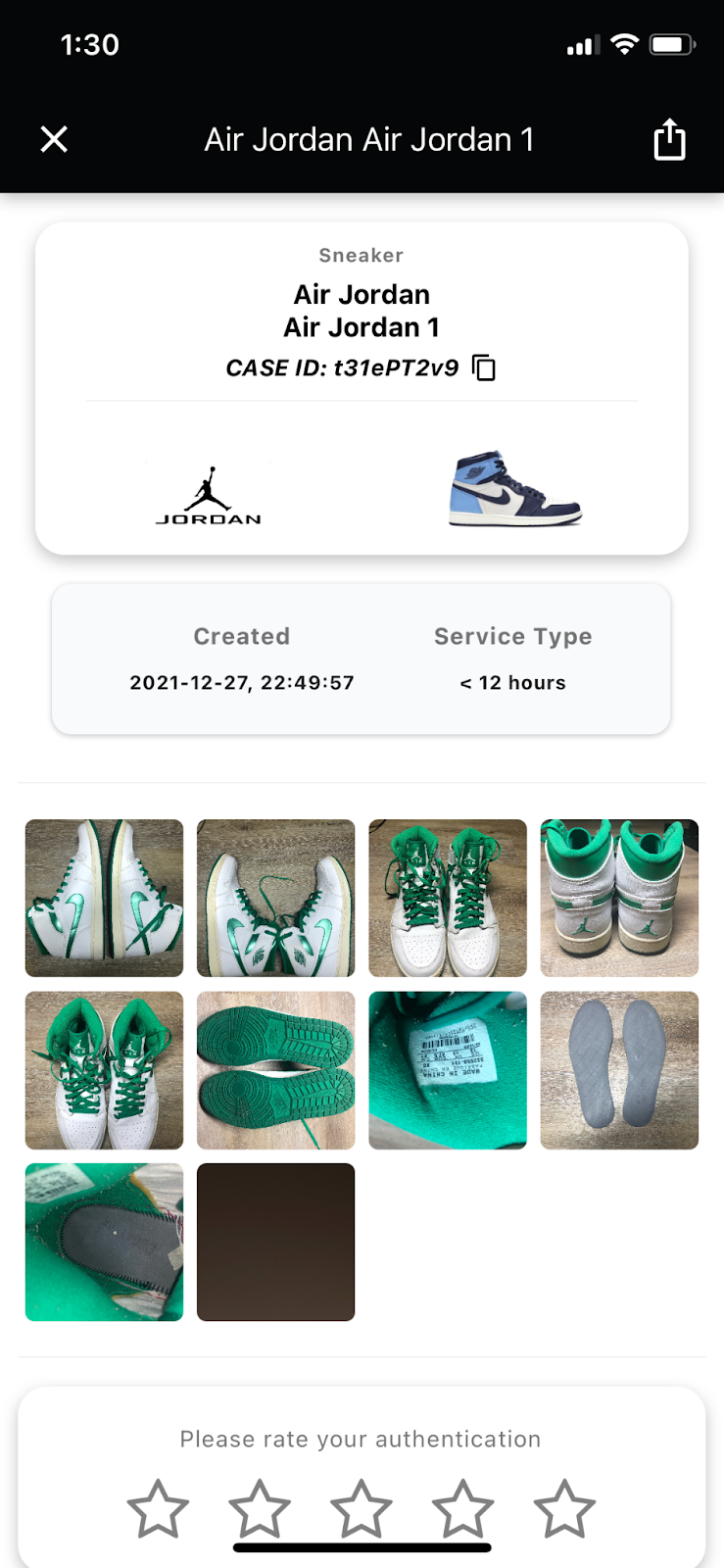
Dype shoe verification app in action - we were able to get a verification that these Jordans were indeed authentic.
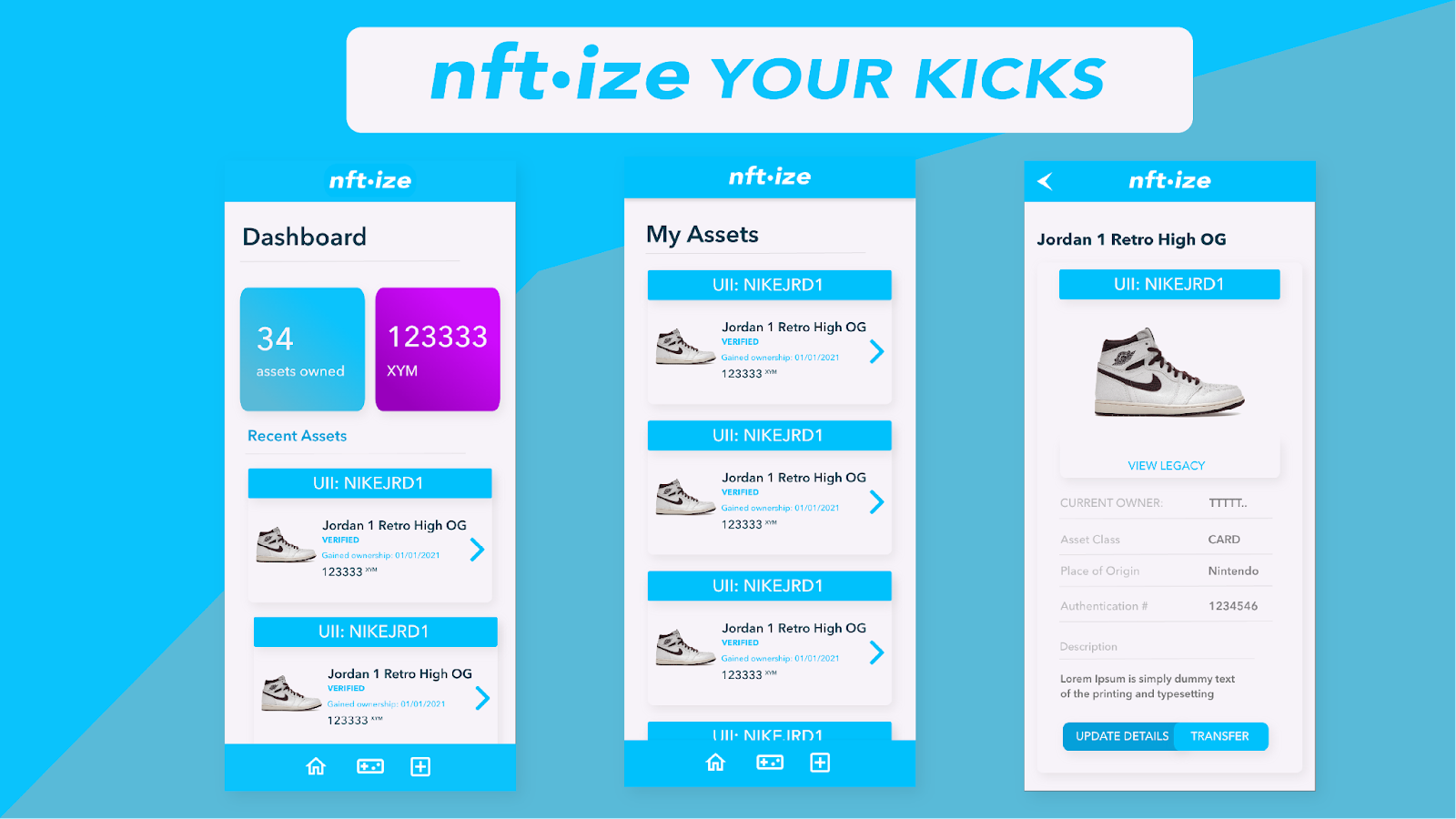
As per any usual app, the user logs in / signs up. With nftize™, it generates a set of Symbol keys that are stored locally on-device for now. In the future, we will include more comprehensive wallet backup schemes to ensure they stay secure.
After that, you’ll be presented with a home screen. Here, you see some functions of a wallet, but mainly to view your assets / recent assets that have been nftized.
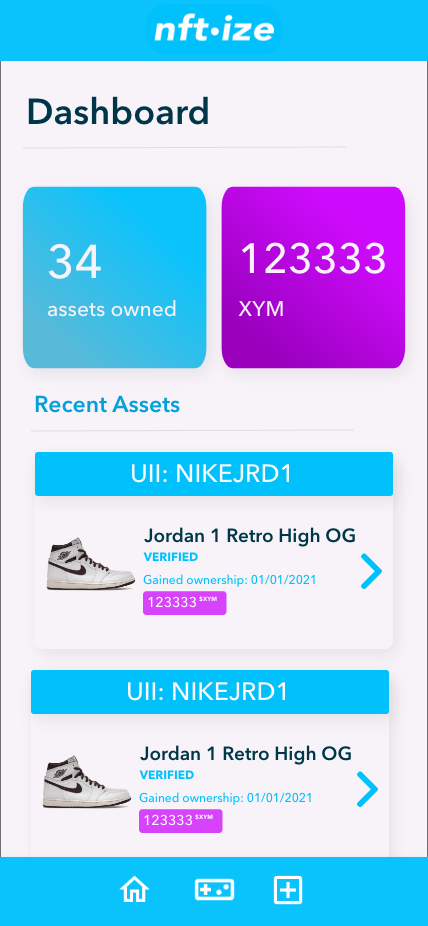
And arguably the most important part, the asset creation screen. This is where you fill in the details for the asset to be created. The best part is, all info is stored on a chain - meaning it is forever persistent and integrity is kept.
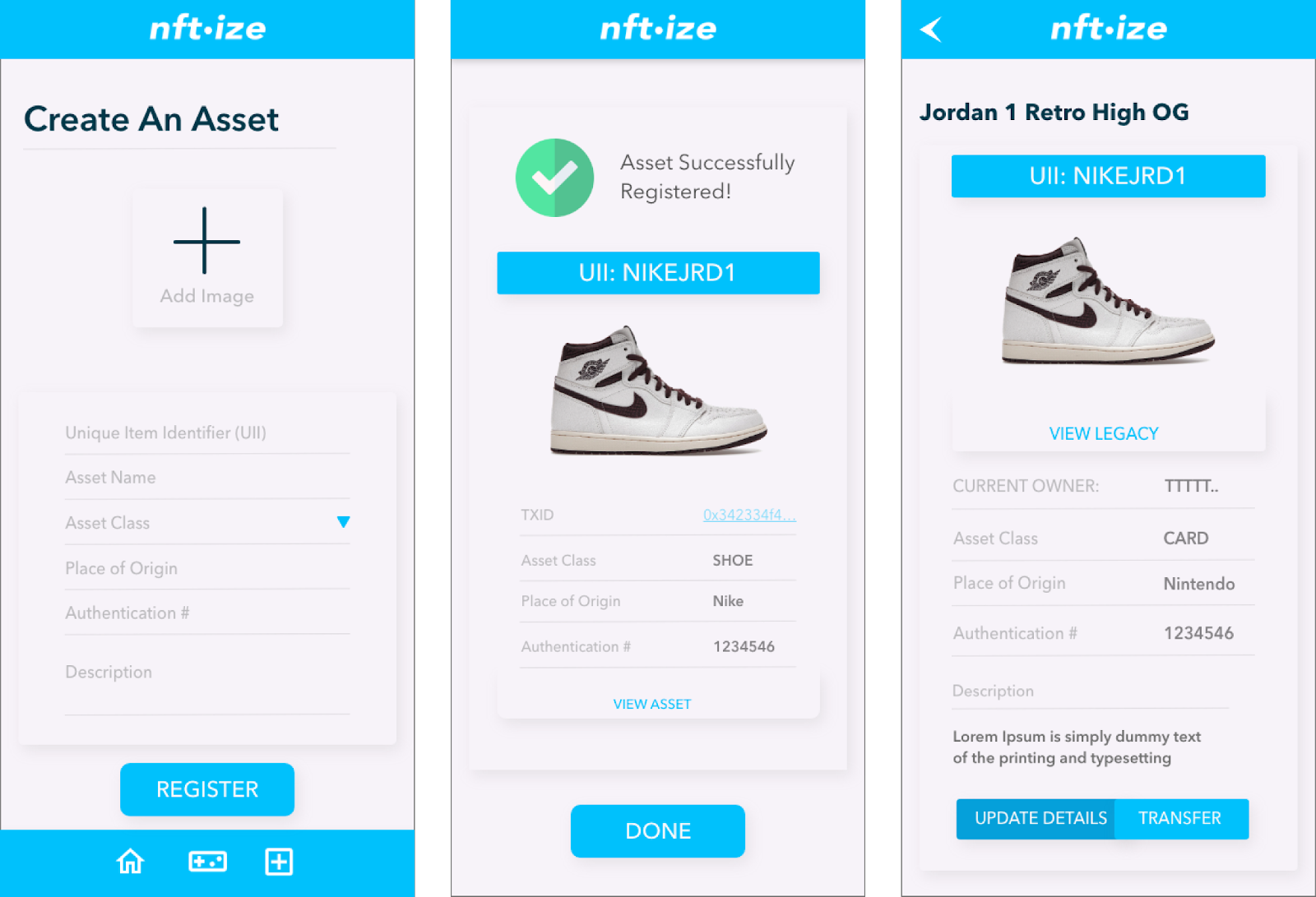
From here, the asset can now be transferred, prove ownership of, and overall managed digitally.
Conclusion
Now that these sneakers have been nftized, they can be sold to your neighbor next door or a buyer in Japan 1000’s miles away! The nftizing process has introduced trust into the marketplace. Wherever there is more trust, there is more liquidity and potential for asset price increase.
nftize™ is a easy to use protocol to document the authenticity, condition, and provenance of physical and non-physical assets. nftized items can then be easily traded across borders between trustless entities. Such ease will increase liquidity and trust in the marketplace leading arguably to higher prices in diverse asset classes. We believe to nftize™ assets is the way of the future with very diverse applications as will be demonstrated in the future.


